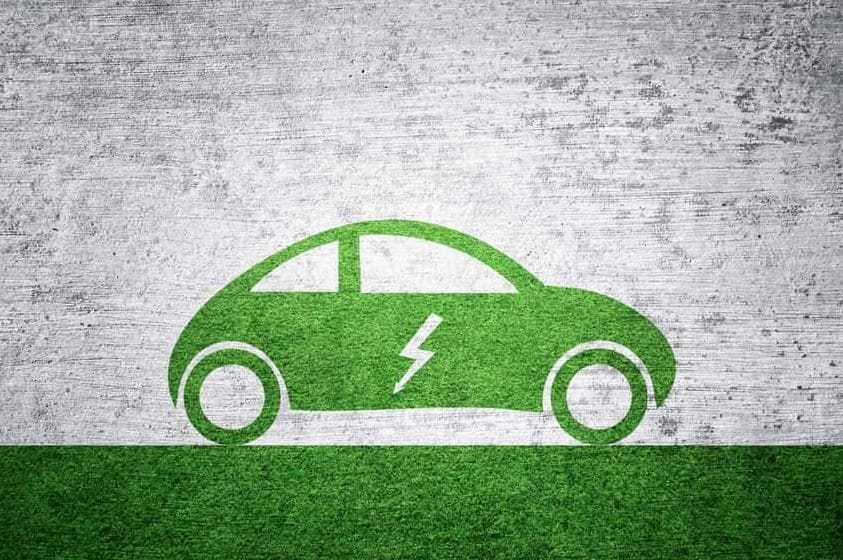Introduction
The rapid adoption of electric vehicles (EVs) has raised questions about their environmental impact. However, EVs have the potential to increase air pollution and land dereliction, and it is essential to evaluate their overall environmental effects critically. Even if EVs have environmental impacts through emissions, lithium extraction, and battery disposal, proper recycling mitigates these effects for a sustainable transportation future.
Emissions and Consequences
EVs emit harmful substances to the environment, either directly or indirectly. On a global scale and within most individual countries, current and future life-cycle emanations from EVs and heat pumps are generally lower than those of new petrol cars and fossil boilers (Knobloch et al. 2020, p. 8). EVs produce zero tailpipe emissions compared to gasoline vehicles, which are prone to releasing global warming agents, and pollutants during operations. However, EVs, although perceived as emission-free due to no tailpipe, still generate non-exhaust particulate matter (PM), potentially surpassing internal combustion engine emissions (Woo et al. 2022, p. 1). In this case, EVs are promoted as an eco-friendly alternative to internal combustion engines due to their zero exhaust emissions. Nonetheless, it is vital to recognize that EVs can still emit non-exhaust PM from tire and brake wear. Thus, while EVs offer benefits, such as zero exhaust emissions, their production of non-tailpipe PM must be carefully considered for a truly viable transport future.

Lithium Extraction
The production process of EVs is often criticized for its natural repercussions. For example, the increasing demand for lithium resources, used in producing batteries for EVs and electronics, has significant environmental consequences (Siekierka et al. 2022, p. 1). Due to the surging need, extensive mining operations to extract lithium minerals from the Earth’s surface lead to ecological disruptions and habitat destructions, impacting local ecosystems and wildlife. In turn, flexible technologies, like electro-dialysis and modified capacitive deionization (MCDI), offer advantages over less adaptable reverse osmosis (RO) processes (Honarparvar et al. 2021, p. 34). In this case, using supple expertise has benefits in compliance and efficiency for extracting lithium, potentially lessening environmental harm. Hence, embracing springy technologies, like electro-membrane desalination and MCDI, can mitigate environmental damage caused by lithium mining, ensuring a viable future for EVs.
Disposal of Batteries
EV batteries significantly impact the environment after the time for use is over. For instance, while regulations may permit the disposal of EV batteries in certain cases, it diminishes the environmental benefits of zero-emission vehicles (Verma & Kumar 2021, p. 3390). Allowing discarding over recycling reduces EVs’ nature-oriented advantages, leading to resource loss, increased extraction, and pollution risks. Nevertheless, growing EV development increases the demand for lithium-ion batteries, and proper recycling is essential (Zhou et al. 2020, p. 1). Reclaiming the batteries using various methods will reduce the environmental impacts resulting from the disposal, saving nature. Therefore, improperly abandoning EV batteries diminishes ecological benefits, while recycling mitigates the resulting impacts.
Conclusion
The widespread adoption of EVs has raised concerns about their environmental impact. While EVs offer the benefit of zero tailpipe emissions, they still generate non-exhaust PM. The demand for lithium resources and the unfitting dumping of EV batteries pose further environmental challenges. However, these impacts can be alleviated through proper recycling and advanced technologies.
Reference List
Honarparvar, S, Zhang, X, Chen, T, Alborzi, A, Afroz, K & Reible, D 2021, ‘Frontiers of membrane desalination processes for brackish water treatment: A review,’ Membranes, vol. 11, no. 4, pp. 1–52, viewed 28 June 2023, DOI: 10.3390/membranes11040246.
Knobloch, F, Hanssen, SV, Lam, A., Pollitt, H, Salas, P, Chewpreecha, U, Huijbregts, MAJ & Mercure, JF 2020, ‘Net emission reductions from electric cars and heat pumps in 59 world regions over time,’ Nature Sustainability, vol. 3, no. 6, pp. 1–24, viewed 28 June 2023, DOI: 10.1038/s41893-020-0488-7.
Siekierka, A, Bryjak, M, Razmjou, A, Kujawski, W, Nikoloski, AN & Dumée, LF 2022, ‘Electro-driven materials and processes for lithium recovery: A review,’ Membranes, vol. 12, no. 3, pp. 1–27, viewed 28 June 2023, DOI: 10.3390/membranes12030343.
Verma, J & Kumar, D 2021, ‘Metal-ion batteries for electric vehicles: Current state of the technology, issues, and future perspectives,’ Nanoscale Advances, vol. 3, no. 12, pp. 3384–3394, viewed 28 June 2023, DOI: 10.1039/d1na00214g.
Woo, SH, Jang, H, Lee, SB & Lee, S 2022, ‘Comparison of total PM emissions emitted from electric and internal combustion engine vehicles: An experimental analysis,’ Science of The Total Environment, vol. 842, no. 156961, pp. 1–12, viewed 28 June 2023, DOI: 10.1016/j.scitotenv.2022.156961.
Zhou, LF, Yang, D, Du, T, Gong, H & Luo, WB 2020, ‘The current process for the recycling of spent lithium-ion batteries,’ Frontiers in Chemistry, vol. 8, no. 578044, pp. 1–7, viewed 28 June 2023, DOI: 10.3389/fchem.2020.578044.


